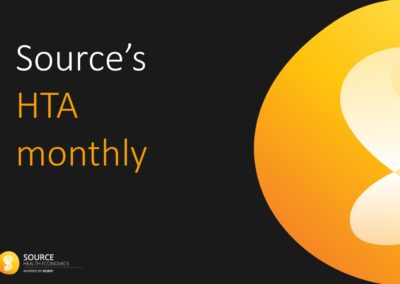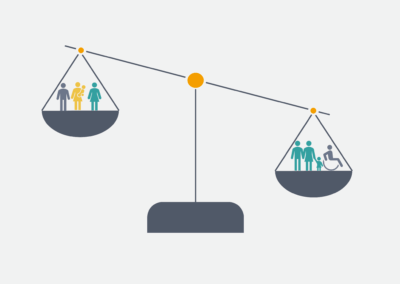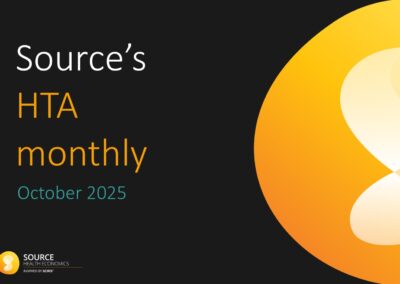Written by Julie Fricke (Systematic Review Analyst) and Neil Webb (Head of Systematic Review)
Systematic Reviews – The Problem
Although considered the gold standard of quality research, systematic literature reviews (SLRs) are very resource intensive (e.g. long timeline, high budget) [1]. This, in combination with the broader issue that “research outpaces understanding,” SLRs get quickly out-of-date [2]. There is a challenge to create reliable evidence that keeps up with the fast pace of research output. Once an SLR is published, only a small portion of reviews are updated within 2 years of publication [3], and this inability to maintain currency leads to significant inaccuracy. A 2007 study following up 100 SLRs (including 27 Cochrane Reviews) found that in 15 cases, new evidence warranting a “substantial change” in the conclusions had emerged within 12 months [4].
What are Living Systematic Reviews?
To better connect evidence and practice, living systematic reviews (LSRs) were developed. LSRs are high quality, up-to-date online summaries of health research that are updated as new research becomes available [2]. As described by the Cochrane Collaboration, this means that LSRs:
- Are underpinned by continual, active monitoring of the evidence (i.e. monthly searches)
- Immediately include any new important evidence (data, studies or information) that is identified
- Are supported by up-to-date communication about the status of the review and any new evidence being incorporated
- Should additionally include explicit, transparent and predefined decisions on:
a. How frequently new evidence is sought and screened
b. When and how new evidence is incorporated into the review
Production of Living Systematic Reviews
LSRs are feasible due to recent technological and data-related innovations, such as online platforms, linked data, and machine learning [5]. Advancements to enhance efficiency and review production, particularly to reduce duplication of effort, include [6]:
- Semi-automation to reduce manual development of key SR processes
a. Database searching and eligibility assessment
b. Data extraction/collection and risk of bias assessment
c. Synthesis and reporting - Data repositories
- Dynamic, online publication of a living document
a. Continuous peer and editorial review
b. Version numbers
c. Updated authorship - Human “crowds” (e.g. Cochrane Crowd online platform)
These technologies are still being generated, but multiple initiatives and expanding research groups are in place to aid in their development.
Overall, LSRs provide a new and cost saving approach to support the ongoing efforts to produce evidence that is both trustworthy and current [2]. They lend to the development of up-to-date and appropriate guidelines and improve the application of health technologies. Consultancies should consider LSRs as an option for evidence generation.
- Petticrew, M., Systematic Reviews in the Social Sciences: A Practical Guide. Counselling and Psychotherapy Research, 2006. 6(4): p. 304-305.
- Elliott, J.H., et al., Living systematic reviews: an emerging opportunity to narrow the evidence-practice gap. PLoS Med, 2014. 11(2): p. e1001603.
- Jadad, A.R., et al., Methodology and reports of systematic reviews and meta-analyses: a comparison of Cochrane reviews with articles published in paper-based journals. JAMA, 1998. 280(3): p. 278-80.
- Shojania, K., Sampson, M, Ansari, MT, Ji, J, Doucette, S, Moher, D, How Quickly Do Systematic Reviews Go Out of Date? A Survival Analysis. Annals of Internal Medicine, 2007: p. 224-233.
- Elliott, J.H. Exploiting innovations in technology to improve the efficiency of review production. in 20th Cochrane Colloquium. 2012. Auckland.
- Thomas, J., et al., Living systematic reviews: 2. Combining human and machine effort. J Clin Epidemiol, 2017. 91: p. 31-37.




